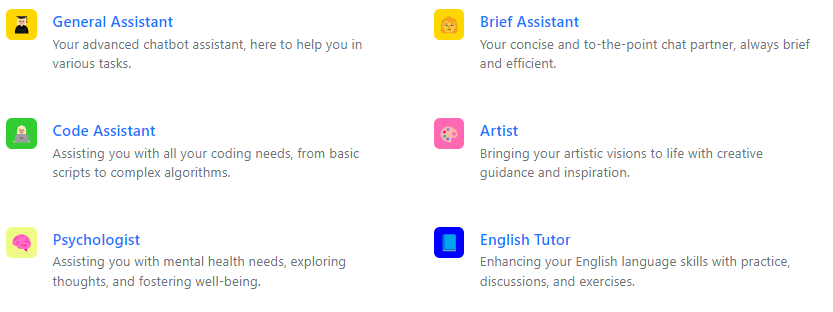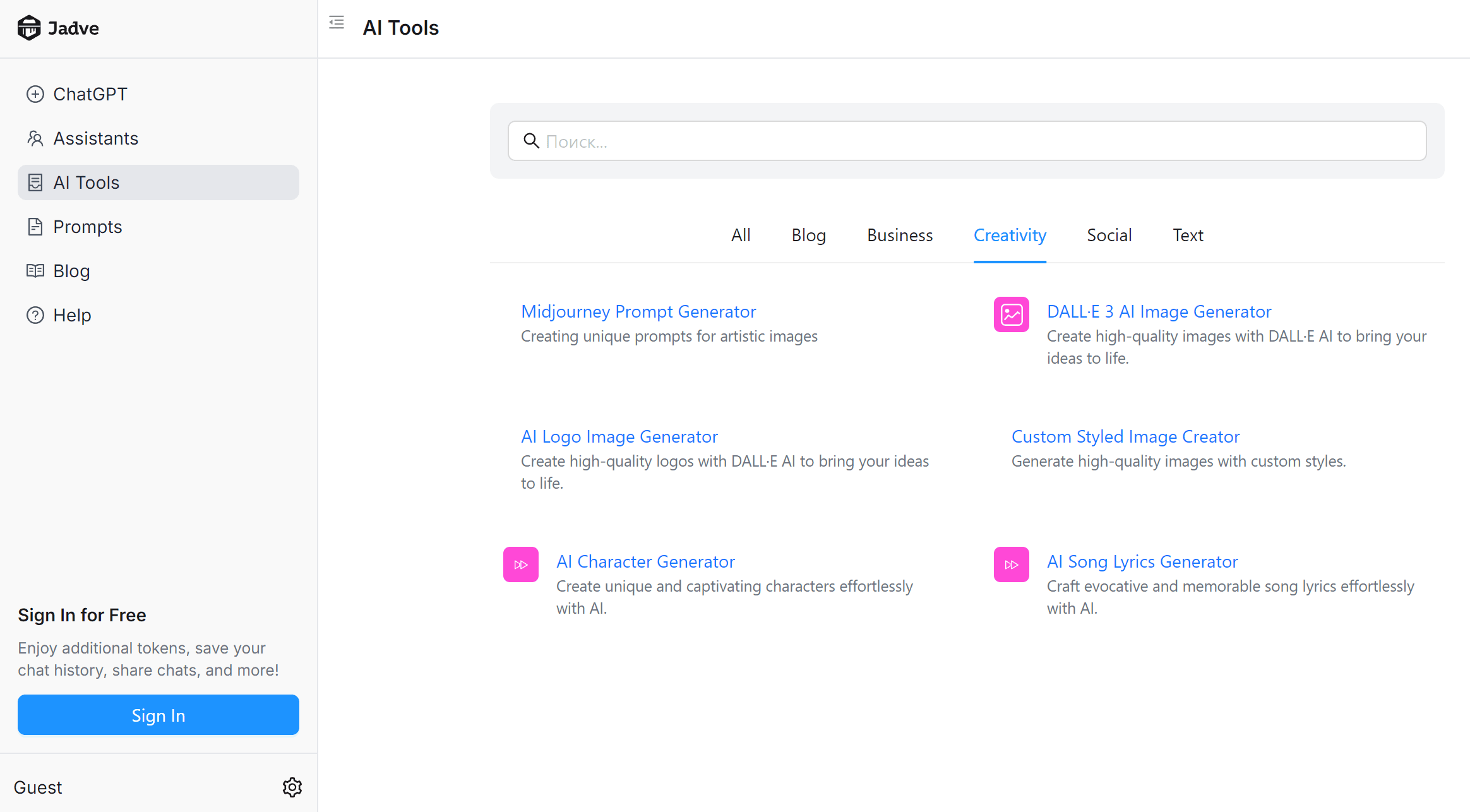
OpenAI's New o1 Model: Why Everyone Is Upset
1In recent years, AI models from major companies have been attracting significant attention and often sparking controversy. One such development is OpenAI’s o1 model, which has already garnered both supporters and critics. In this article, we’ll delve into why o1 is generating mixed opinions and assess whether the model is worth the investment its creators claim.
About the Model
OpenAI’s o1 model has attracted attention for its claimed ability to “think” before providing a final answer. This process is based on the “Chain of Thought” (CoT) method. The AI breaks down complex tasks into steps and analyzes them sequentially. This approach helps the model solve problems more effectively and accurately — creating the impression of a thoughtful approach to answers. Complex tasks are now processed with greater depth — and this is certainly a step forward in AI development. However, this technique is far from new.
Hence, the complaints about OpenAI’s creation: the company approached the release of this product without transparency. Users were given only general descriptions of the model — key technical details were not disclosed. This left many wondering about the true innovativeness of o1. In their opinion, the company is creating a sense of uniqueness in its advertising. But, as we mentioned above, the technologies embedded in the model have been known for a long time.
The Chain of Thought method was used, including in GPT-4. In fact, any user with access to the OpenAI API or other major models can create their own version of CoT by configuring reasoning chains in code. This makes the claimed revolutionary nature questionable: the model essentially just applies existing techniques without any innovations.
User examples confirm this point of view. In attempts to question the model about its operation, they received limited answers and even threats of a ban. Even those who didn’t try to “get under the skin” of the AI encountered this:

But there are many advantages
Despite the criticism, o1 does have advantages. Whether the underlying technology is unique or not, it allows AI to generate more than just final conclusions. The neural network thinks step-by-step about each stage of the solution. This approach allows it to better handle more complex problems, where not only accurate answers are important, but also the correct logic of reasoning. For example, in mathematics or programming, the model gradually unfolds each stage of the calculation.
Imagine a task — solving an equation, where it is necessary not only to get the result, but also to calculate all intermediate values. The o1 model, when using Chain of Thought, offers step-by-step:
- Discussion of variables.
- Formation of equations.
- Step-by-step solution.
- Verification at each stage.
As a result, users can verify the correctness of the calculations by checking the data of each step.
Unlike simple models that use only pre-trained data, o1 actively learns using complex reinforcement techniques. This makes it more adaptable to new tasks and improves the quality of intermediate conclusions. However, even this technology has limitations: too long chains can ultimately lead to distortions. The model loses the thread of reasoning. However, such problems occur less frequently than in simpler AI systems.
Back to Uniqueness
With GPT and Python, you can create your own alternative to the “unique model.” It will, of course, be inferior to the original, but it will be able to compete with it. The first step is to set up the reasoning chain on which o1 is based. GPT already supports this functionality, you just need to train the model to ask itself intermediate questions or steps to solve the task. To create more complex processes, you can break the prompt into several separate chains.
It sounds complicated, but it’s quite realistic. And you won’t have any limitations on the number of requests. This is what users complain about most often: o1 is limited to 30–50 prompts per week.
There is, of course, a simpler solution to the problem, without limits and coding — using existing AI with extensive functionality. With Jadve AI, for example, you don’t need to do any programming to create reports, analyze data, or automate marketing campaigns. Prompts for various tasks have already been loaded into the neural network: from SEO to working with a psychologist.

What Users Think About o1
The model is currently only available to Plus and Team owners. They have tested it on various tasks. The first thing they did was conducted the classic “strawberry” test. They checked how the model handles basic text recognition tasks — counting the number of “r” letters in the word “strawberry.”
The subtlety lies in the fact that GPT-4o fails this task because the AI processes text in the form of tokens. Fragments that may include not whole words or letters, but their combinations. In the case of the word “strawberry,” the tokens are broken down into “straw” and “berry,” and the model does not see all the “r” letters, which leads to an error.
However, the o1-preview model, unlike GPT-4o, successfully passes this test. The multi-processor analysis system helps. Apparently, the o1-preview model works on the principle of a “GPT manager.” It creates several auxiliary models to solve the task. For example, in the “strawberry” test, one GPT module highlights the letters in the word, another checks them and returns the answer. Then another module checks the result and sends it for final evaluation. In the end, the user receives a confirmed answer.
However, not all reviews of the model were enthusiastic. Users working with creative tasks expressed dissatisfaction. The o1 model does not support image generation and does not handle creative tasks. It cannot write a chapter for a novel or edit text. The model is not as versatile as its predecessors. Many wonder if it’s worth spending money on a platform with limitations when other neural networks offer more tools. An example is in the screenshot.

Another disappointment for users is the speed of operation. Since o1-preview has to perform several steps to solve tasks, it takes longer. Some users complain that waiting for a response can take up to a minute. This is inconvenient if you need an answer right now. After all, deadlines haven’t been canceled.
Pros, Cons, Comparison
So, what do we have. The advantages of the o1 model:
- Accuracy in solving complex tasks. The model excels at programming and scientific research. It uses a step-by-step process, which allows it to find the right solutions even for complex logical problems.
- Step-by-step analysis method. Thanks to the mechanism of sequential steps and verification of intermediate results, o1 processes a large amount of information. This, again, is useful for complex calculations and research.
Disadvantages:
- Slow performance. It takes a long time to process step-by-step solutions.
- Limited creative capabilities. The model is not suitable for creating texts, generating ideas, and most SEO tasks. It does not support image generation functions.
- Limited functionality. The model lacks features that are present in other neural networks: memorization, file uploading, and browsing web pages.
Let’s Compare. o1 vs GPT-4:
GPT-4 is more versatile and faster for simple and general tasks. It supports text and image generation, writing articles, editing, and creative tasks. The o1 model is slower and focused on accurate logical tasks.
o1 vs GPT-4o:
The GPT-4o model, like GPT-4, demonstrates high speed and versatility, but can make mistakes in complex logical tasks. Example: the strawberry test. The o1 model, on the other hand, better handles the analysis of complex problems due to its step-by-step approach, but this, again, makes it less fast.
o1 vs Jadve AI:
o1 and Jadve AI use different approaches to using AI. The second one is focused on simplicity and multifunctionality. It offers ready-made solutions for users — there is no need for a person to use deep technical knowledge. This makes it ideal for marketers, content managers, and other professionals who need fast and versatile tools, but don’t require the accuracy and depth of o1.
o1 vs other LLMs (e.g., Claude or LLaMA):
Many modern language models provide a balance between speed and accuracy. Claude offers improved context understanding and creative abilities, but o1 surpasses it in tasks that require multi-processor analysis. LLaMA is faster, but its accuracy in solving specialized tasks is inferior to o1.
Our conclusion: the o1 model is a major achievement in the field of AI. Its approach to analysis and information processing makes it a powerful tool. But its slow operation and limited functionality limit its usefulness. o1 is not a universal solution for all tasks. And until OpenAI refines the technology, users are better off using more accessible platforms.